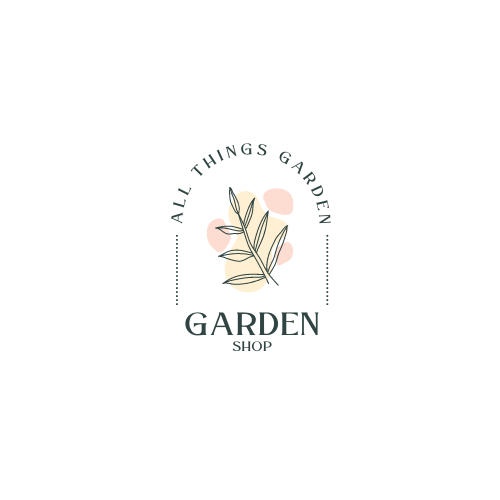The Essential Guide to Proper Fertilization of Garden Plants
Gardening is a rewarding and fulfilling hobby, but achieving a lush and thriving garden requires more than just planting seeds and watering them. One crucial aspect of gardening is proper fertilization. Fertilizing your garden plants correctly ensures they receive the essential nutrients they need to grow, blossom, and produce a bountiful harvest. In this comprehensive guide, we will explore the importance of proper fertilization, the types of fertilizers available, and the best practices for keeping your garden plants healthy and vibrant.
The Importance of Fertilization
Fertilization is the process of supplementing your garden soil with the necessary nutrients that may be deficient. It’s vital for plant growth and development, as well as the overall health of your garden. Here are a few reasons why proper fertilization is essential:
- Nutrient Enrichment: Soil naturally contains various nutrients, but over time, these nutrients can become depleted. Fertilizers replenish these nutrients, ensuring plants have an adequate supply for healthy growth.
- Enhanced Plant Growth: Fertilizers provide essential elements like nitrogen, phosphorus, and potassium, which are vital for plant growth. Proper fertilization can result in healthier and more vigorous plants.
- Improved Flowering and Fruiting: Many gardeners aim to grow flowers or fruit-bearing plants. Fertilizers can promote the production of vibrant blooms and abundant fruit.
- Disease Resistance: Healthy plants are more resistant to pests and diseases. Proper fertilization can help your garden plants better fend off common garden problems.
- Environmental Benefits: Using fertilizers correctly helps reduce nutrient runoff into water bodies, which can have harmful ecological effects.
Types of Fertilizers
There are various types of fertilizers available, and it’s important to choose the right one for your garden. Fertilizers can be broadly categorized into three main types:
- Inorganic (Synthetic) Fertilizers: These fertilizers are manufactured chemically and typically provide nutrients in a concentrated form. They offer quick nutrient release but should be used with care to prevent over-fertilization.
- Organic Fertilizers: Derived from natural sources like compost, manure, or plant matter, organic fertilizers release nutrients slowly and also improve soil structure. They are a sustainable and environmentally friendly choice.
- Natural or Slow-Release Fertilizers: These release nutrients gradually, providing a steady supply to plants over time. Examples include bone meal, blood meal, and fish emulsion.
Best Practices for Fertilization
To ensure proper fertilization of your garden plants, follow these best practices:
- Soil Testing: Conduct a soil test to determine nutrient deficiencies and pH levels. This will guide your fertilizer choices and application rates.
- Select the Right Fertilizer: Choose a fertilizer that matches the specific needs of your plants and soil. Follow package instructions for the correct application rate.
- Timing Matters: Apply fertilizers at the right time. For many garden plants, a spring application is ideal to kick-start the growing season, followed by a mid-season boost if necessary.
- Even Distribution: Apply fertilizers evenly to prevent localized over-fertilization, which can harm plants.
- Water Properly: Water your garden plants after applying fertilizer to help distribute the nutrients and prevent burning the roots.
- Avoid Over-Fertilization: More is not always better. Over-fertilization can harm plants and have negative environmental impacts. Always follow recommended guidelines.
- Maintain Soil Health: Don’t rely solely on fertilizers. Focus on improving overall soil health through practices like mulching, composting, and crop rotation.
Conclusion
Proper fertilization is a cornerstone of successful gardening. It ensures that your garden plants receive the essential nutrients they need to flourish, produce beautiful flowers, and yield abundant harvests. By selecting the right type of fertilizer, adhering to best practices, and monitoring your garden’s nutrient levels, you’ll be well on your way to a vibrant and healthy garden. Embrace the art of fertilization, and watch your garden thrive.



